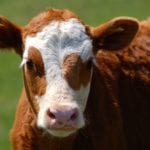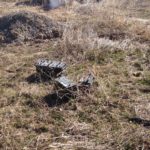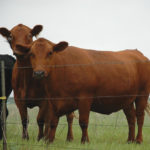
Tag Archives veterinarian

U.S. cowboy poet and veterinarian Baxter Black, 77
Black appeared on Carson, NPR and in Grainews

Pay attention to castration procedures in calves
Animal Health: Proper technique, timing and painkillers produce the best results

Important tips for pulling a calf
Have chains properly positioned; be gentle with the calf puller

Lead poisoning still No. 1 toxin killer for cattle
Animal Health: Check the yard for hazards and properly dispose of old batteries

Simple facts of why body condition is important
Get cattle in good condition before winter, and if they are there, keep them there
Minerals now benefit next breeding season
It’s too late to fix mineral deficiencies when bulls are turned out with cows

Managing wildlife/agriculture conflicts
Animal Health: Proper compensation part of the solution

Facts about antimicrobial resistance
Animal Health: While the industry is already doing a good job, there is ongoing room for improvement

Very doable synchronization programs
Animal Health: Timing and attention to detail are key for breeding beef by AI

Pain management in cattle
Several products are effective, but pay attention to timing


